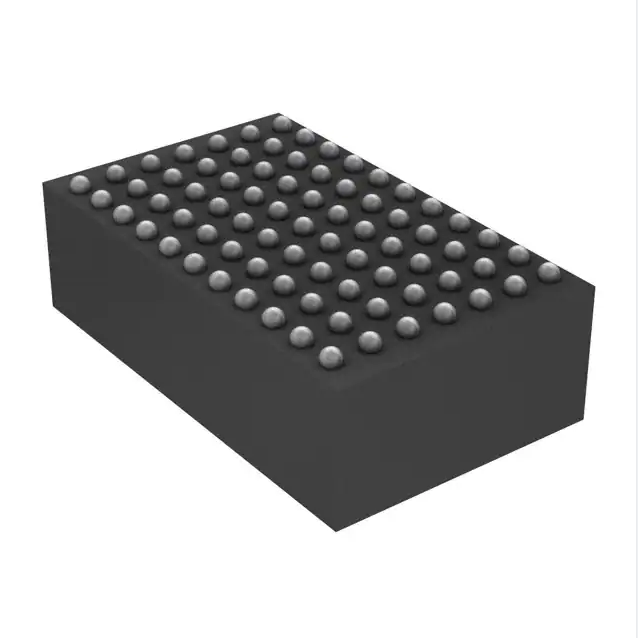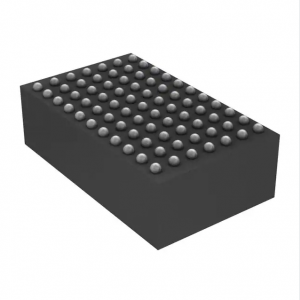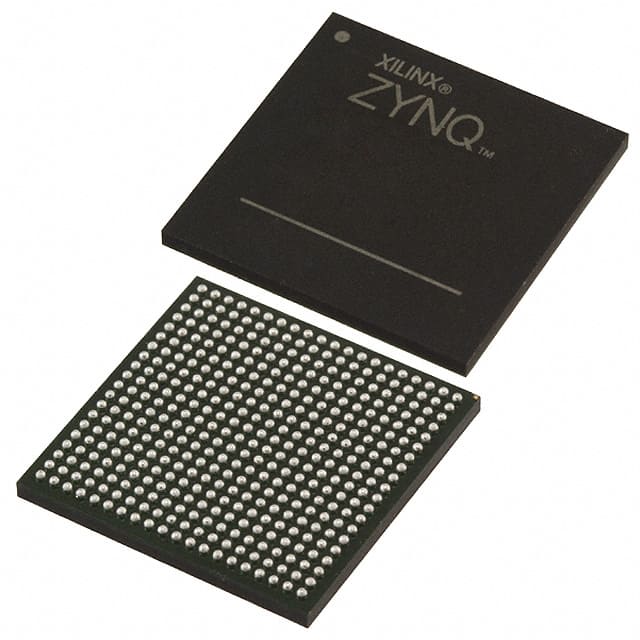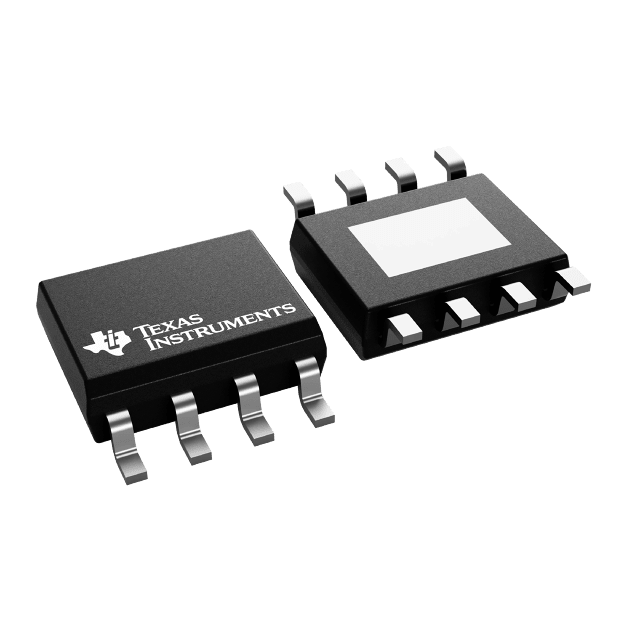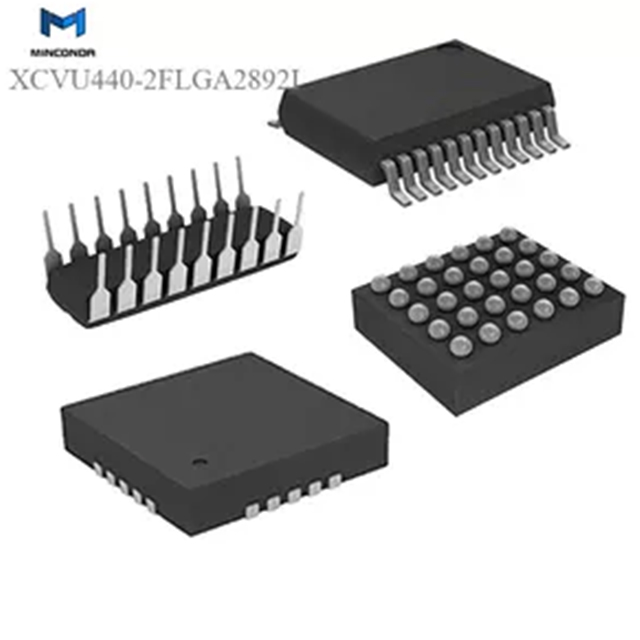New Terminal LTM4644IY#PBF Own Stock DC DC CONVERTER 4X0.6-5.5V New and Original One Spot Buy
Product Attributes
| TYPE | DESCRIPTION |
| Category | Power Supplies – Board MountDC DC Converters |
| Mfr | Analog Devices Inc. |
| Series | µModule® |
| Package | Tray |
| Standard Package | 170 |
| Product Status | Active |
| Type | Non-Isolated PoL Module |
| Number of Outputs | 4 |
| Voltage – Input (Min) | 4V |
| Voltage – Input (Max) | 14V |
| Voltage – Output 1 | 0.6 ~ 5.5V |
| Voltage – Output 2 | 0.6 ~ 5.5V |
| Voltage – Output 3 | 0.6 ~ 5.5V |
| Voltage – Output 4 | 0.6 ~ 5.5V |
| Current – Output (Max) | 4A, 4A, 4A, 4A |
| Applications | ITE (Commercial) |
| Features | OCP, OTP, OVP |
| Operating Temperature | -40°C ~ 125°C |
| Efficiency | - |
| Mounting Type | Surface Mount |
| Package / Case | 77-BBGA Module |
| Size / Dimension | 0.59″ L x 0.35″ W x 0.20″ H (15.0mm x 9.0mm x 5.0mm) |
| Supplier Device Package | 77-BGA (15×9) |
| Base Product Number | LTM4644 |
Signal chain and power management: two important types of analog chip
Signal chain products, which mainly consist of operational amplifiers and data converters, handle the demands of information interaction. In a mixed digital-to-analog system, a complete signal processing process is as follows.
Sensors: The raw physical signals from the outside world, typically sound, images, temperature, humidity, pressure, etc., are acquired by sensors and converted into continuous-time analog signals corresponding to these physical signals, typically in the form of voltage/current.
Amplifiers and filters: The analog signals are processed by signal conditioning units consisting of amplifiers and filters. The amplifier serves to amplify small, weak analog signals to adapt them to the full-scale input range of the ADC; the filter serves mainly to band-limit the signal to satisfy the requirements of Nyquist’s sampling theorem.
Data converter: the ADC converts the processed voltage/current signal into the corresponding discrete digital quantity, which is provided to the subsequent digital unit for processing.
Digital processing: The discrete digital quantities are digitized by a digital processing system (MCU, DSP, or FPGA), which is usually used to implement digital signal processing algorithms.
Data converter: The discrete digital quantities after processing by the digital processing system are sent to the DAC, through which they are again converted into a continuous analog signal.
Filters: As the DAC output signal contains “step” high-frequency components, a reconfiguration filter is used to filter out the high-frequency noise, resulting in a reconfigured analog output signal.
The most important of these is the operational amplifier and the data converter.
Operational amplifiers are the “basic building blocks” of analog circuits and are used in a wide range of applications. Operational amplifiers are amplification circuits that add and integrate analog signals and are often used to amplify small, weak signals into large ones. At the same time, operational amplifiers are the basis for many analog devices, such as digital-to-analog converters, current-to-voltage converters, filters, comparators, and linear regulators. It can be said that operational amplifiers are the “basic building blocks” of analog circuits.
Data converters are the bridge between analog and digital systems and are essential. The analog-to-digital converter (ADC) is responsible for converting analog signals into digital signals and the digital-to-analog converter (DAC) is responsible for converting digital signals into analog signals. Sensors convert real-world temperatures, pressures, sounds, etc. into electrical signals, which are mostly analog signals and cannot be recognized and processed by digital systems. Only through conversion by the ADC can they be captured and processed by the MCU. In addition, speakers, etc. need analog signal input to work, so DACs are needed to convert the digital signals output by the digital system into analog signals. Therefore, whenever digital processing is involved, a data converter must be present.
Op-amps are the basis for many analog devices, for example, filters are made up of op-amps and resistors
Data converters include digital-to-analog converters (DACs) and analog-to-digital converters (ADCs)
Power management is a requirement for electronic circuits. As long as an electronic system requires a power supply, common power supplies are power adapters, batteries, etc. Depending on the type of input and output current, we can classify power managers into 4 main types: AC-DC (rectifier), AC-AC (inverter, etc.), DC-DC (chopper), and DC-AC (inverter).
Switching rectifiers (AC-DC) is mainly responsible for converting AC power into DC power and are commonly found in power adapters for laptops.
AC-AC converters (AC-AC) are responsible for converting a certain frequency of AC power to another constant or variable frequency of AC power.
A DC-DC converter (DC-DC) converts DC power into another DC power with different frequency, phase, current, and voltage characteristics.
Inverters (DC-AC) switch converters that convert DC power into AC power, some call them converters, and are the main components of AC output switching power supplies and uninterruptible power supplies (UPS).
Power management chips are integrated power management circuits whose main functions are voltage regulation, voltage boost, constant current, AC-DC conversion, etc. They are divided into linear voltage regulators (LDO), charge-pump (Charger-pump) chips, DC-DC converters (DC-DC), AC-DC converters (AC-DC), LED driver chips, etc. Typical applications are chargers and LED drivers for consumer electronics such as mobile phones and notebook computers. For example, voltage regulators step down the mains voltage of 220V and output a stable DC low voltage for use in notebook computers; LED drivers step up the internal power supply of mobile phones to drive camera flashes.






